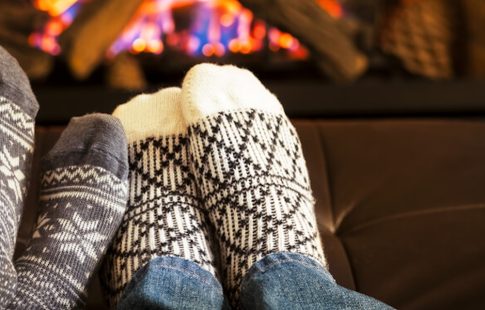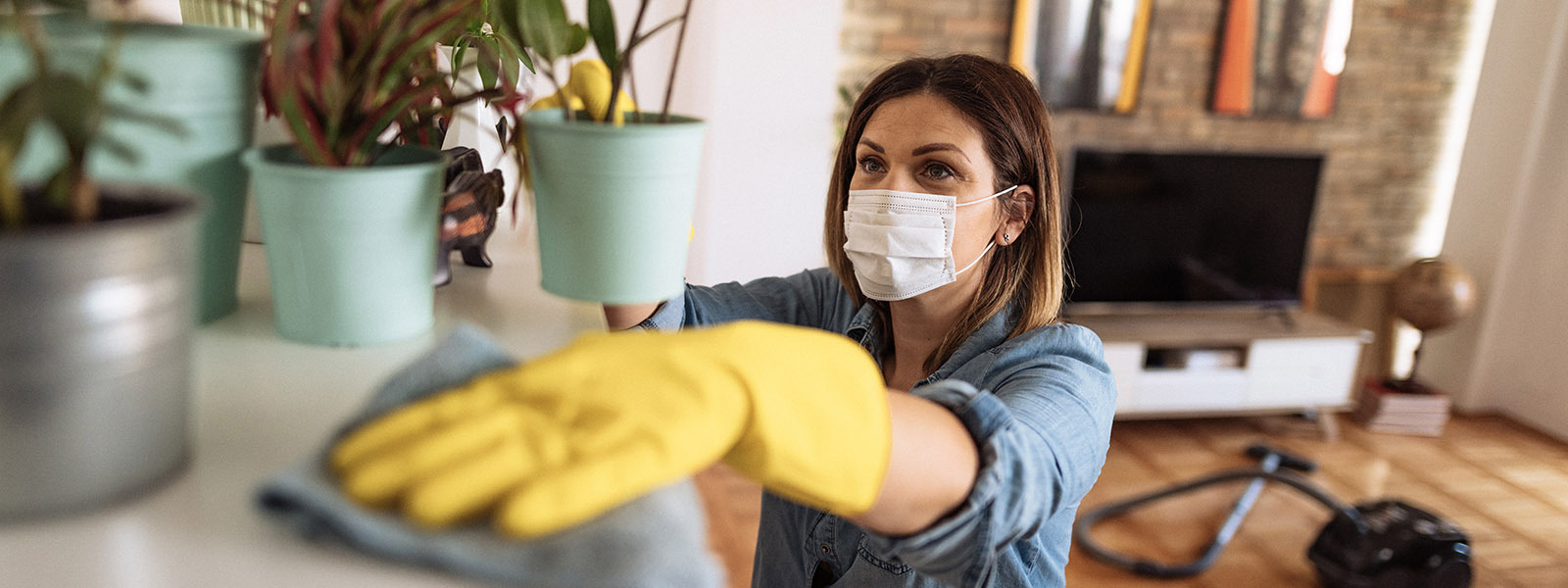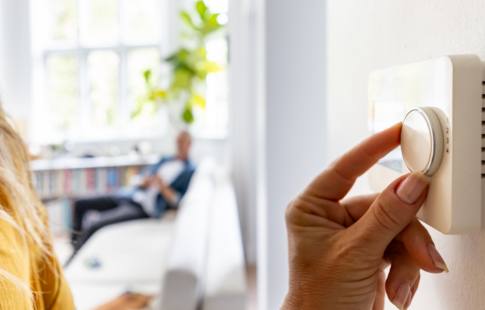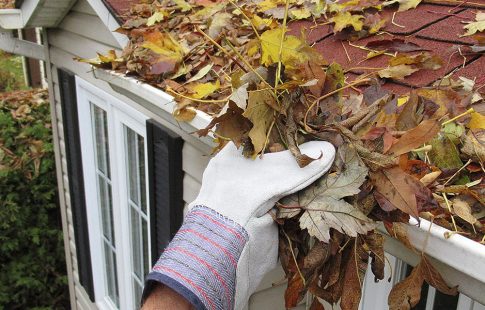Estimated reading time: 4 minutes
Could your home be hazardous to your health? With mold, pests, cleaning chemicals, and other contaminants, health risks abound. Even so, you can create a safer environment by focusing on a few key things. Here are 8 areas that the U.S. Department of Housing and Urban Development (HUD) has spotlighted in the past.1
1. Keep your home dry
Damp homes are at risk for mold. This can aggravate asthma, skin, eyes, and lungs. To keep it at bay, the U.S. Centers for Disease Control (CDC) advises that you control moisture by:
- Fixing leaks quickly. (Mold and mildew can start growing within a span of 24–48 hours.)
- Managing your home’s humidity levels.
- Ventilating kitchens, laundry rooms, and showers.
One tool you can keep handy is a moisture gauge, which can check humidity levels. These should be between 30–50%, according to the Environmental Protection Agency (EPA). When humidity is too high, it can promote mold, dust mites, and bacteria, the Mayo Clinic explains. When it’s too low, it can make your skin dry and affect eyes and throats.
2. Do regular maintenance
Regular inspections, tune-ups, and repairs help ensure your home is sound enough to keep help health risks down. To stay prepared, Fannie Mae recommends budgeting 1–4% of a home’s value annually to keep things in shape. You may also want to consider purchasing a home warranty. These can cover expensive repairs on systems and appliances that homeowners insurance won’t.
3. Clean frequently
Cleaning can benefit more than your home. Researchers found that cortisol levels—which are associated with stress—“go up when people are in chaotic, cluttered environments,” according to an article by Inc. That said, take care to use cleaning products that won’t add dangerous chemicals to your home.
4. Stay safe
Another tip for a healthy home is making sure it’s safe for all generations, starting with children. Keep poisons and sharp objects out of their reach. Also keep floors clear and well lit. Falls were among the top 3 “leading causes of preventable injury-related death” in 2023, according to the National Safety Council.
5. Maintain good ventilation
Many homes are as airtight as possible for energy efficiency. The downside is that they may not have enough ventilation to fight contaminants well. Air filters and purifiers can help, along with open windows, and fans to cycle old air out, explains the EPA.
6. Keep pests away
Insects and other unwelcome guests can spread diseases and infections. The CDC warns that rodents can carry leptospirosis (a bacterial disease). Roaches can provoke to asthma, cautions the EPA. And sugar ants can carry salmonella, according to WebMD. To keep them out:
- Trim trees. Squirrels can use the limbs to get into attics, and they can jump long distances to reach them.
- Seal cracks and holes.
- Block gaps, like weep holes in brick, with suitable covers. Mice may squeeze in otherwise.
7. Keep contaminants out
Dust, pesticides, and building materials like carpet and paint are just some of the potential sources of contaminants in your house. Ventilation and using green cleaning products and building supplies are two ways to keep them down. You can look for products that advertise that they’re low in or have no VOCs (volatile organic compounds), for example.
You can also test for trickier risks, like odorless gases that can get trapped in your house. These include radon. The EPA estimates radon is the number one cause of lung cancer among non-smokers. You can have a professional test or get started with a DIY kit at a home improvement store. Carbon monoxide is another dangerous gas, and experts recommend installing detectors near bedrooms and on every floor for protection.
8. Maintain safe temperatures
Think you can tough out the hot or cold at home? Both can create health concerns. If you’re concerned about saving energy, the U.S. Department of Energy notes that homeowners “can save as much as 10% a year on heating and cooling by simply turning your thermostat back 7°-10°F for 8 hours a day from its normal setting.”
For more tips on getting the most out of your home, check out our article on home improvements to improve its value.
_________________
1. https://www.hud.gov/sites/dfiles/HH/documents/8-Principles-Healthy-Home.pdf
Any third party trademarks and tradenames used on the Mr. Cooper® Blog are the property of their respective owners. Nationstar Mortgage LLC d/b/a Mr. Cooper is not affiliated, associated, or sponsored by any of these owners. Use of these names and trademarks is not intended to and does not imply endorsement but is for identification purposes only. Information provided does not necessarily represent the views of Mr. Cooper. Information is subject to change without notice.







